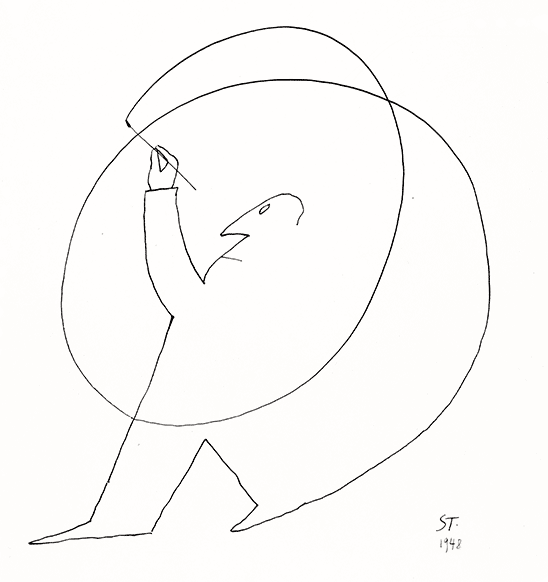1991
Increasingly suffers from bouts of depression, for which he turns to Zen meditation: “These days,” he tells Buzzi, “I sit Zen style, and I also read in order to understand or—as the gurus prefer to put it—in order not to understand. I’ve already been sitting this way for years, for the sheer pleasure of it, but now perhaps I’m beginning to not understand something, or nothing.”
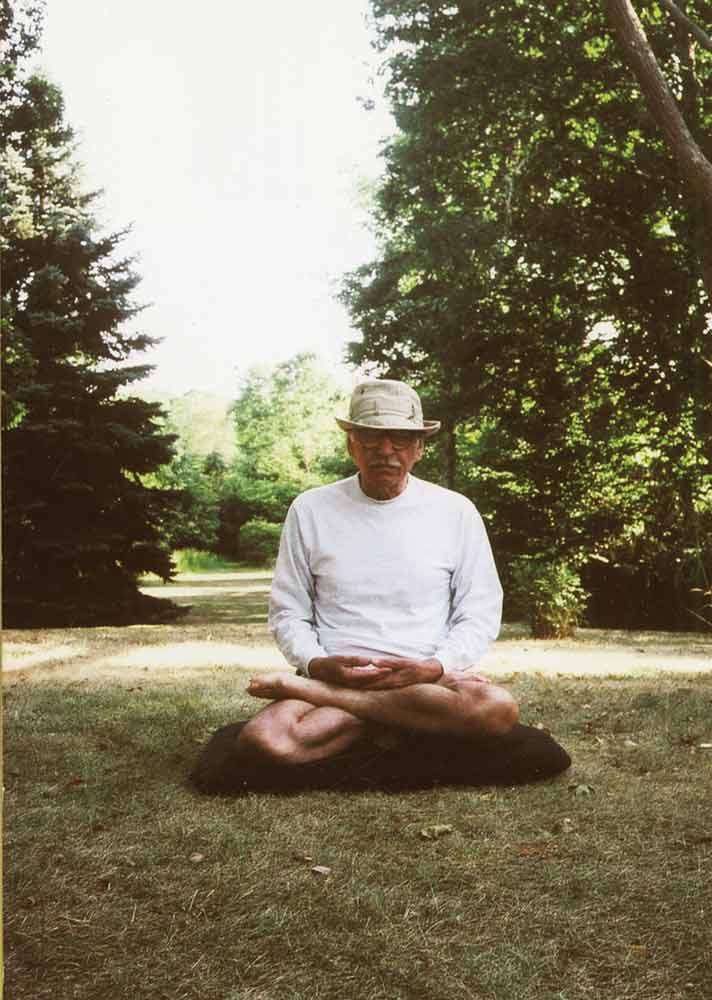
January-February, is glued to the TV watching reports of the Persian Gulf War. He decides to postpone Discovery of America, a book of drawings he is working on: “make a diverting book about America in these days? No!”
As the end of the war approaches, is sorry that victory is tempered by his dark mood. “I don’t work or read any more, only watch TV….More and more I envy friends…who have a Patria in all its particulars: a city, street, house, peasants, children, books, etc. Once the New Yorker Magazine was my homeland. Now all that remains is 75th & Park and my apt.” His letters to Aldo Buzzi become a form of therapy.
April, writes to Buzzi: “Lucky you, who has an authentic language in which you can write instinctively, because it’s the language of your childhood. For me, writing is translating from what I say or read in two acquired languages. Romanian I’ve always ignored…a language of beggars and policemen….At my age, unfortunately, it’s the language that comes back to me when I’m searching for the right word….Certain Romanian words, never used for 70 years or more, leap forth from some corridor of memory.”
In the same self-reflective turn, begins to keep a diary of daily activities amplified by memories, what he calls “an archaeological exercise.” “It’s important for me to find the transition from the dark to the less dark.”
July, to Buzzi: “In these days of emptiness I’m copying from Van Gogh’s paintings, and more and more I observe the influence of the Japanese. Mostly the influence of popular prints, the non-famous ones, which are perhaps more interesting.”
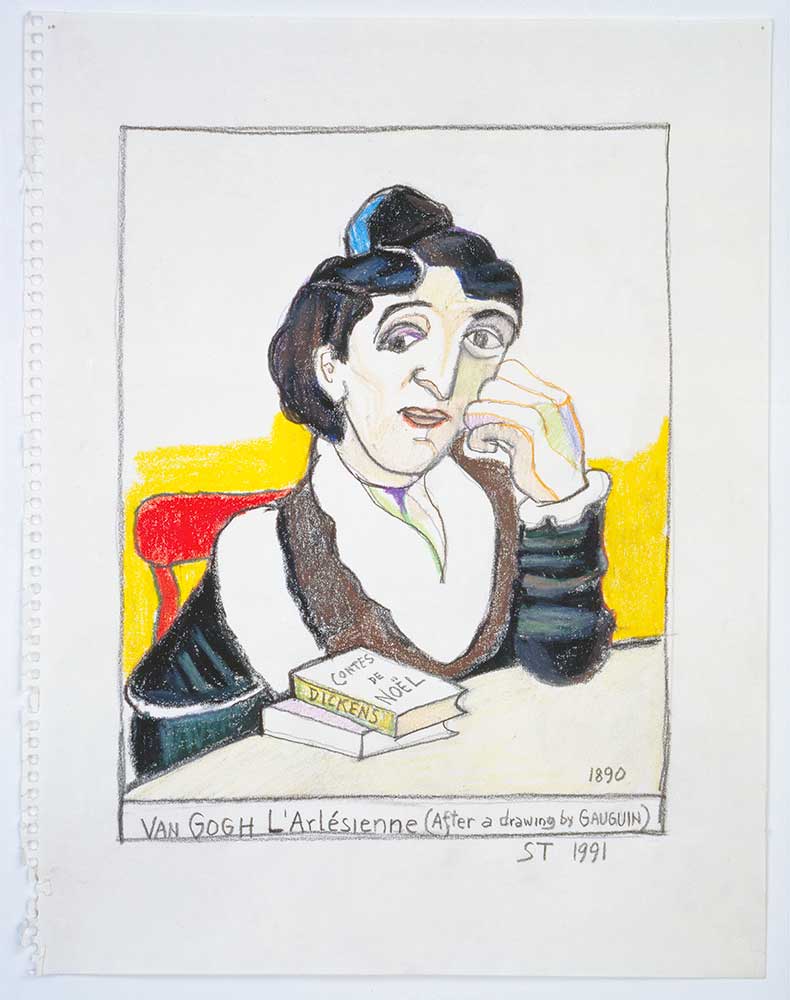
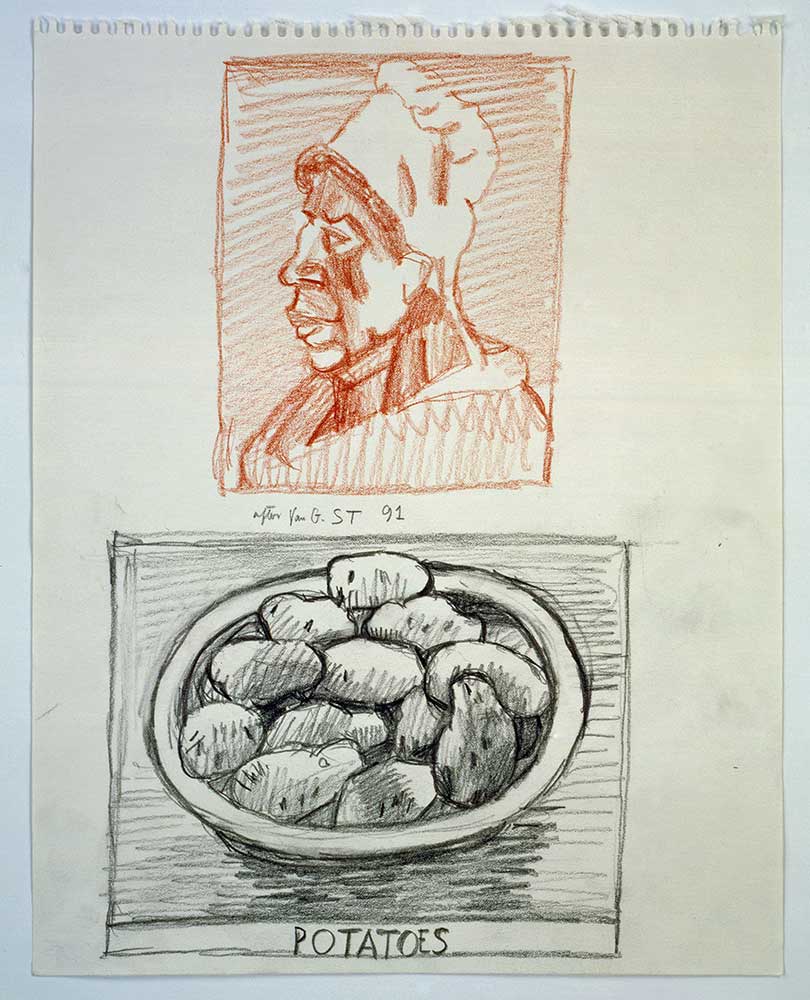
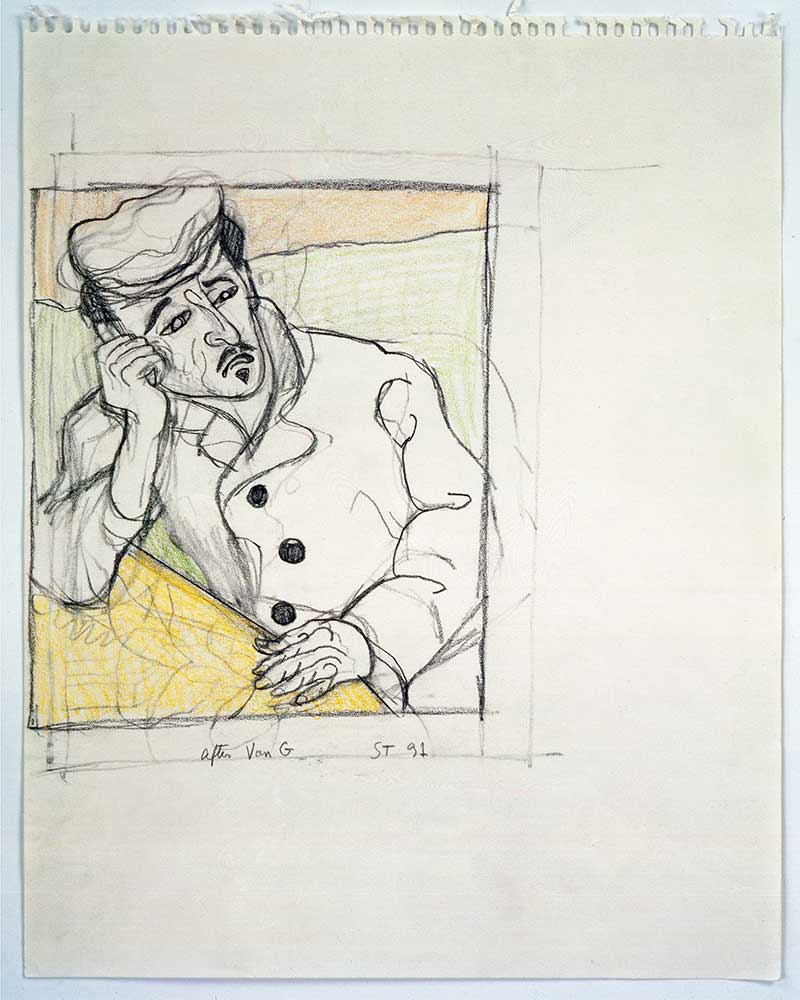
September, decides to submit a drawing from his files as a New Yorker cover, “to be inconsistent, as a joke, to celebrate 50 years with the magazine.” The cover is published on January 13, 1992.
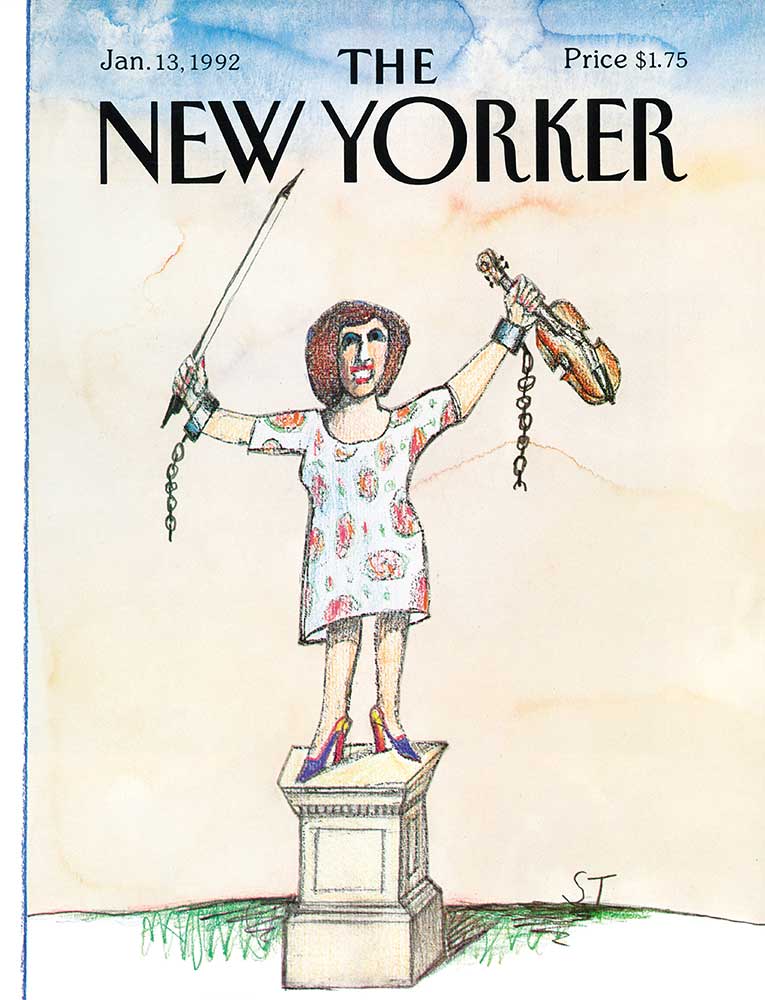
November, having been elected to the National Institute of Arts and Letters in 1968, he is now elected to the American Academy of Arts and Letters, which had merged with the Institute. He reports to Buzzi that the Academy “is the crème de la crème, numbering only 45. I took over Isaac Bashevis Singer’s seat, since he died last year. This election gave me a surprising, unsuspected, and innocent enough pleasure: the pleasure of still being viewed with affection by the majority that voted for me.”
